| বাংলায় পড়ুন | Researchers and Reporters: Tanjil Fuad Anika Taieba |
If you travel to Iran with 300 taka from Bangladesh, you will be crowned a billionaire there! Additionally, a Bangladeshi will become a millionaire in Vietnam if he uses 5,000 taka to travel there! It sounds a little unexpected, doesn’t it? But it is! The exchange rate between those nations’ currencies and ours, including the US dollar, is significantly lower because their standard currency is so low.
We typically think of the names of the industrialized nations’ currencies, such as the US dollar, the pound sterling, or the Swiss franc, when we consider the many currencies of the world. Because these currencies are highly valued and well-known for their nation’s economic stability. There is, however, a flip side to the coin. Numerous political and economic crises have caused significant devaluations of the currencies of some of the less developed or impoverished nations in Asia, the Arab world, and Africa. The outcome is a considerable depreciation of these countries’ currencies in comparison to other nations.
Today we will know about the 10 weakest currencies in the world which are at the bottom of the list due to various economic and political crises.
1. Lebanese pound
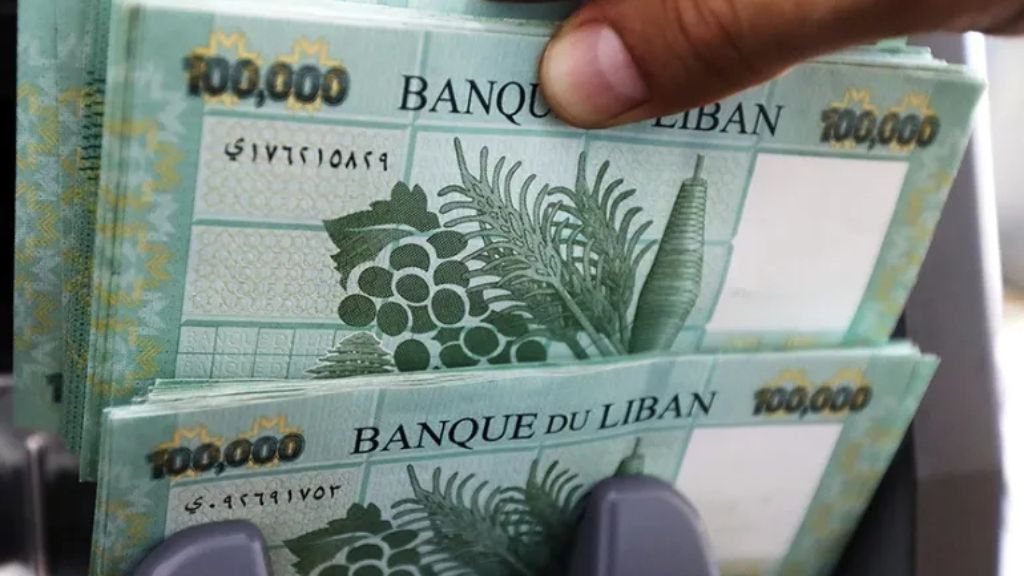
Lebanese Pound: A symbol of currency amidst economic challenges. | Photo: Collected.
At present, the Lebanese pound is the world’s weakest currency. The Lebanese pound’s value has plummeted as a result of the severe economic crisis that started in 2019. At the moment, the nation is dealing with political unrest, inflation, government debt, and a failing banking industry. One Bangladeshi taka is roughly equivalent to 749 Lebanese pounds.
2. Iranian Rial
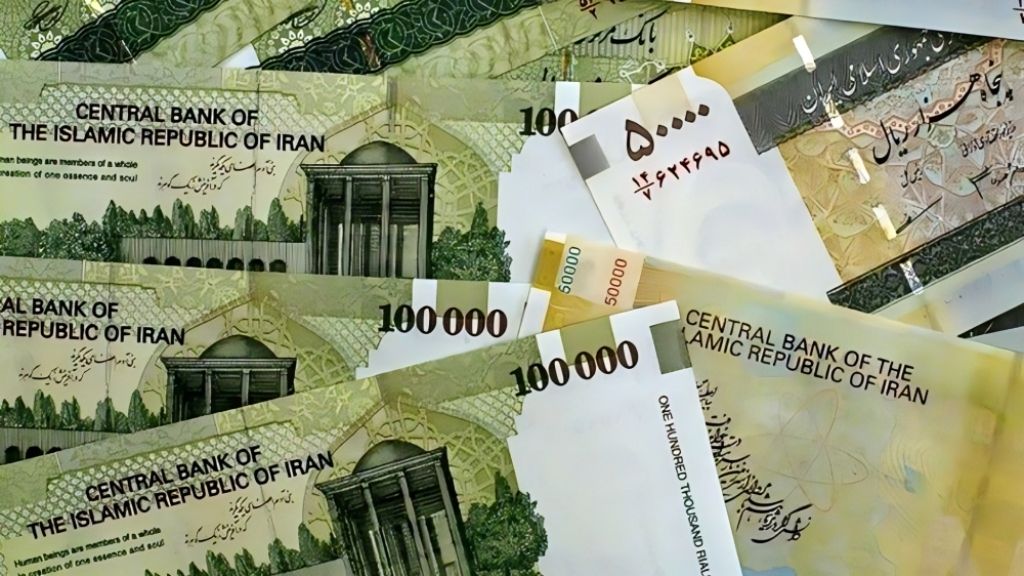
Iranian Rial: A currency with low value due to the impact of economic challenges. | Photo: Collected.
Iran uses the Rial as its currency. At the moment, the Iranian Rial is regarded as one of the world’s weakest currencies. About 351 Iranian Rials are equivalent to one Bangladeshi Taka. The currency’s decline can be attributed to many factors, including the country’s political instability, the protracted war between Iran and Iraq, domestic instability, fines, and international sanctions imposed because of Iran’s nuclear program. Due to the extreme strain these crises have placed on the nation’s economy, the value of the currency has been steadily declining.
3. Vietnamese dong
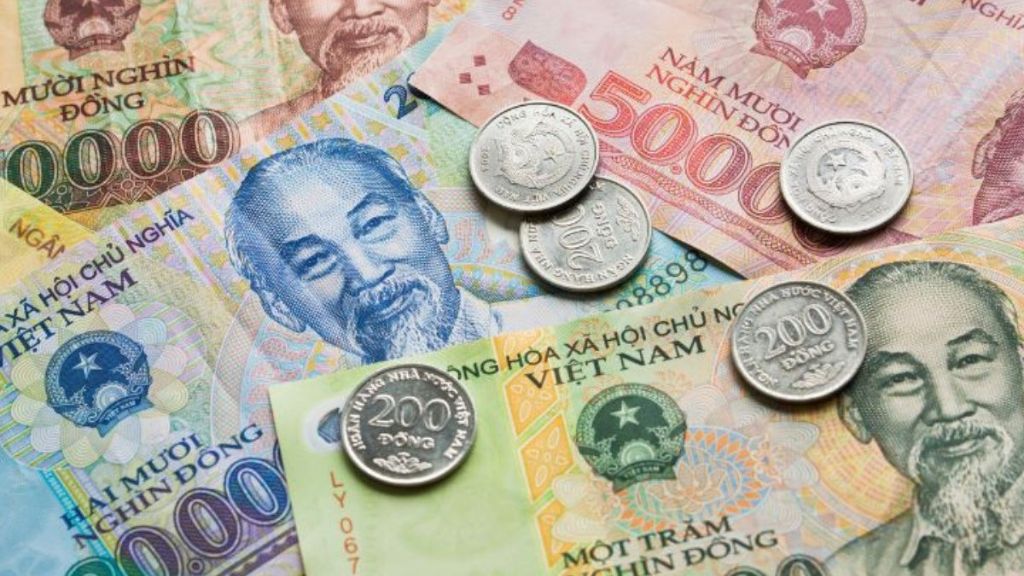
Vietnamese Dong: A currency with low value due to the country’s economic situation. | Photo: Collected.
Now, let’s know about the Dong, the traditional currency of Vietnam. Among the world’s most undervalued currencies is this one. The central government of Vietnam has long been in charge of the country’s economy. The nation’s currency is nevertheless under strain even though it is gradually transitioning to a labor- and market-based economy. 211 Vietnamese Dong is equivalent to 1 Bangladeshi Taka. One factor contributing to the dong’s continued low value is the sluggishness of these economic changes.
4. Sierra Leonean Leone
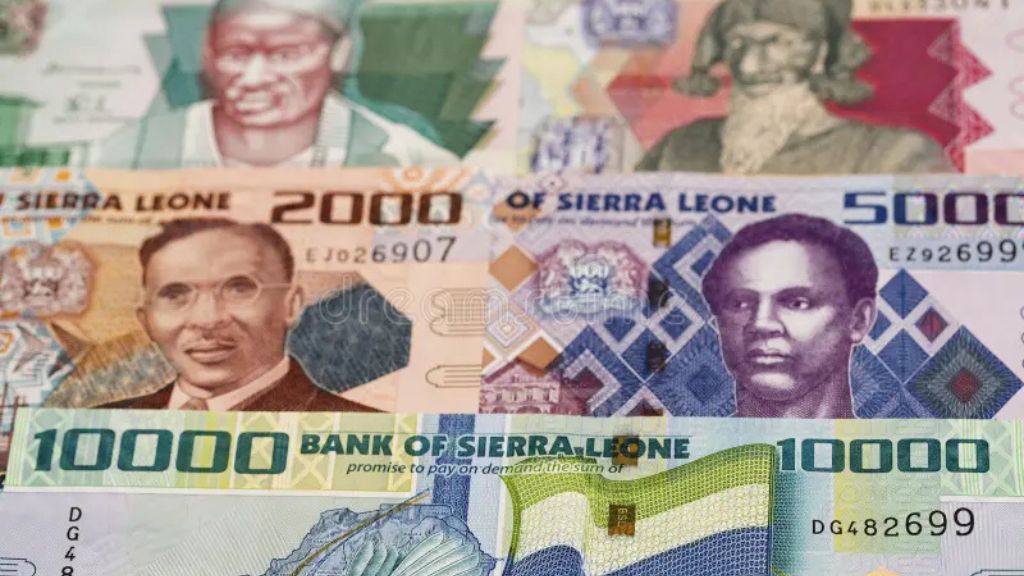
Sierra Leonean Leone: A currency with low value due to the impact of economic problems. | Photo: Collected.
The Leone is the currency of Sierra Leone. The poor value of the currency is a result of the nation’s chronic poverty, political instability, and corruption. Additionally, Sierra Leone endured a protracted civil war that utterly wrecked the nation’s economy. One Bangladeshi taka is currently worth around 189 Leone. The country’s currency has depreciated as a result of high inflation and poor governance, which has become a significant barrier to economic growth.
5. Laotian Kip
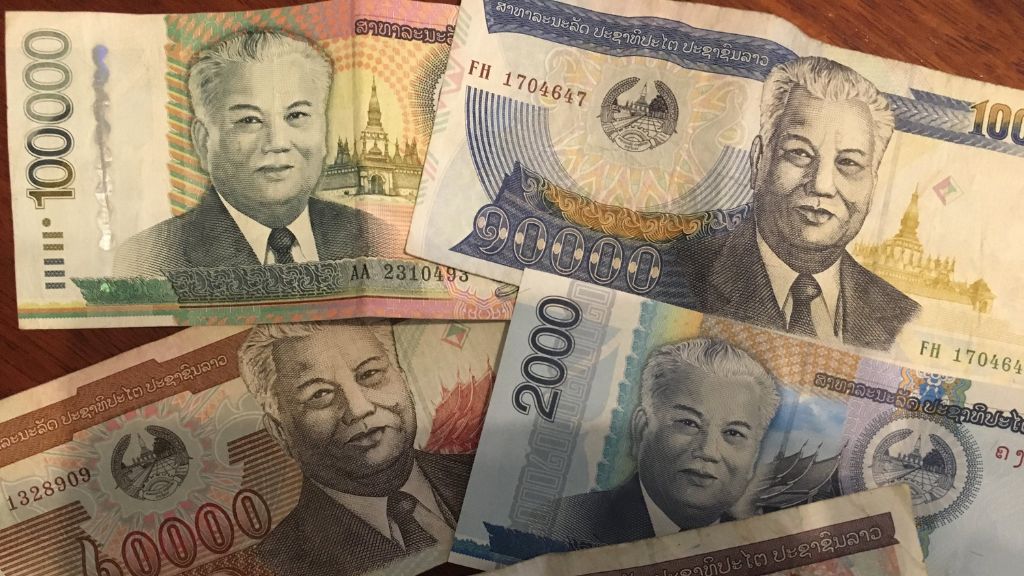
Laotian Kip: A currency with low value due to Laos’ economic situation. | Photo: Collected.
The Lao Kip is the currency of Laos. In 1952, it was introduced. The Laotian kip has been the world economy’s lowest-valued currency since it was first introduced. Hopefully, though, this currency’s worth has increased somewhat over the past few years. At the moment, 183 Laotian Kip is equivalent to one Bangladeshi Taka. The Lao government has implemented several measures to stabilize the economy, but Kip’s expansion is being hampered by the nation’s underdeveloped financial system and reliance on foreign assistance.
6. Indonesian Rupiah
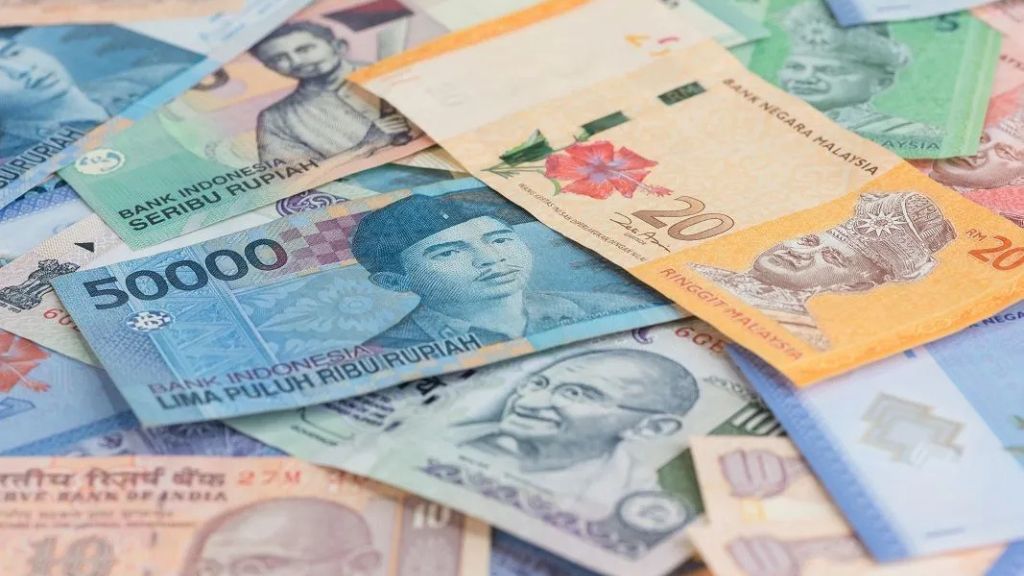
Indonesian Rupiah: A currency with low value due to the impact of Indonesia’s economic challenges. | Photo: Collected.
Over the last ten years, the value of the Indonesian rupiah has drastically declined. Currency depreciation has been largely caused by changes in commodity prices, the depletion of foreign exchange reserves, and an excessive reliance on exports. At the moment, 130 Indonesian Rupiah is equivalent to one Bangladeshi Taka. Since foreign investors own a sizable amount of Indonesia’s debt, capital flows into the country are unpredictable. The country experienced a depreciation in the value of its currency as a result.
7. Uzbekistan Som
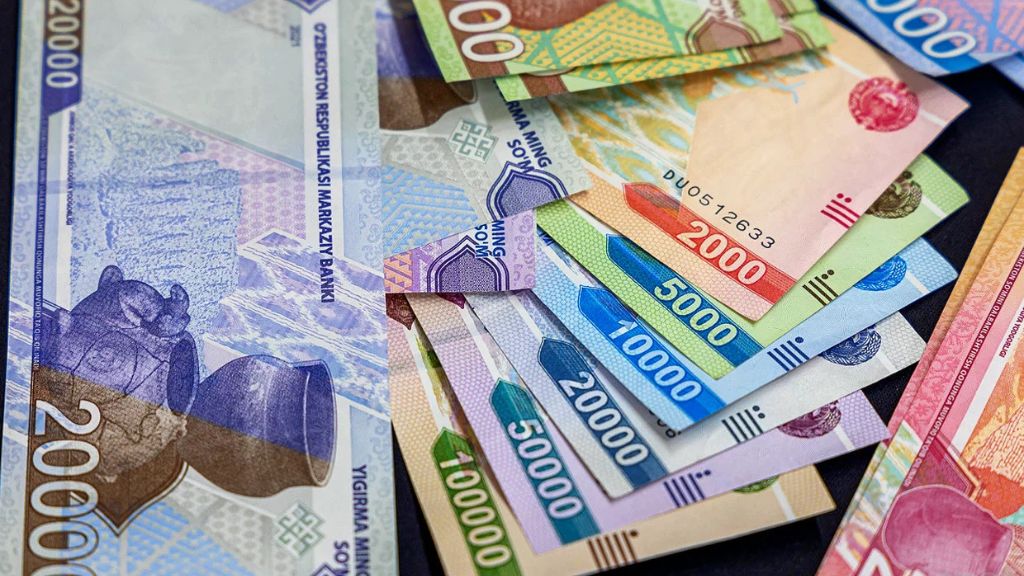
Uzbekistani Som: The impact of the country’s economic challenges has affected the value of this currency. | Photo: Collected.
One of the weakest currencies in Central Asia is the som, which is the currency of Uzbekistan. Since COVID-19, the country’s currency has steadily lost value. The nation’s industrial production has suffered due to the coronavirus pandemic, which has weakened its economy. At the moment, one Bangladeshi Taka is worth 107 Uzbekistani Som. While internal operations have begun to pick up steam, the future of Uzbekistan’s currency, Som, remains uncertain.
8. Guinean franc
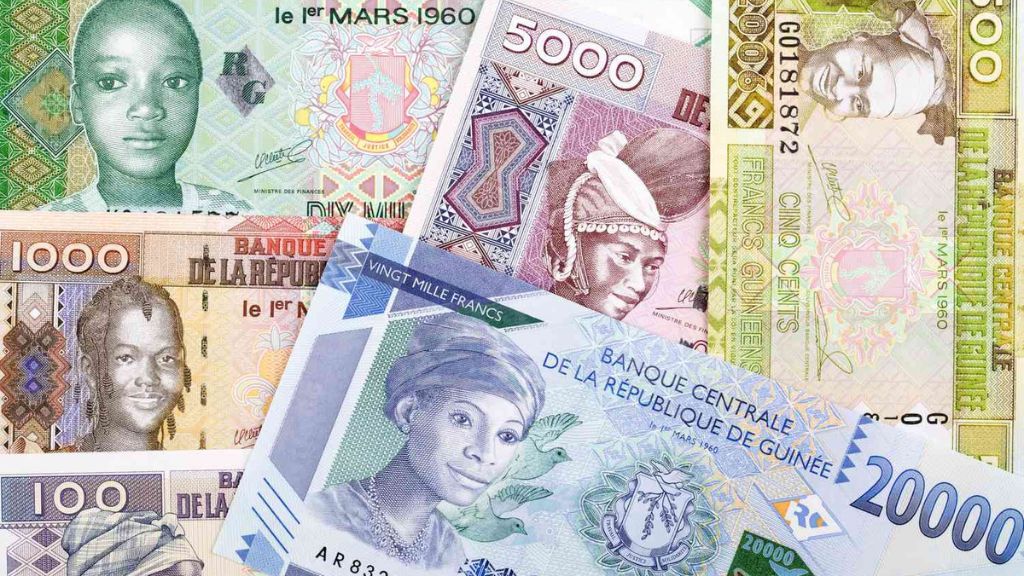
Guinean Franc: The impact of Guinea’s economic challenges has negatively affected the value of the currency. | Photo: Collected.
The franc is the national currency of Guinea, a nation in West Africa. The franc’s value is still declining due to the nation’s political unrest and corruption. Guinea is a resource-rich nation, but because of bad economic management, the value of its currency has been declining annually. One Bangladeshi taka is currently worth roughly seventy-two guineas.
9. Paraguayan Guarani
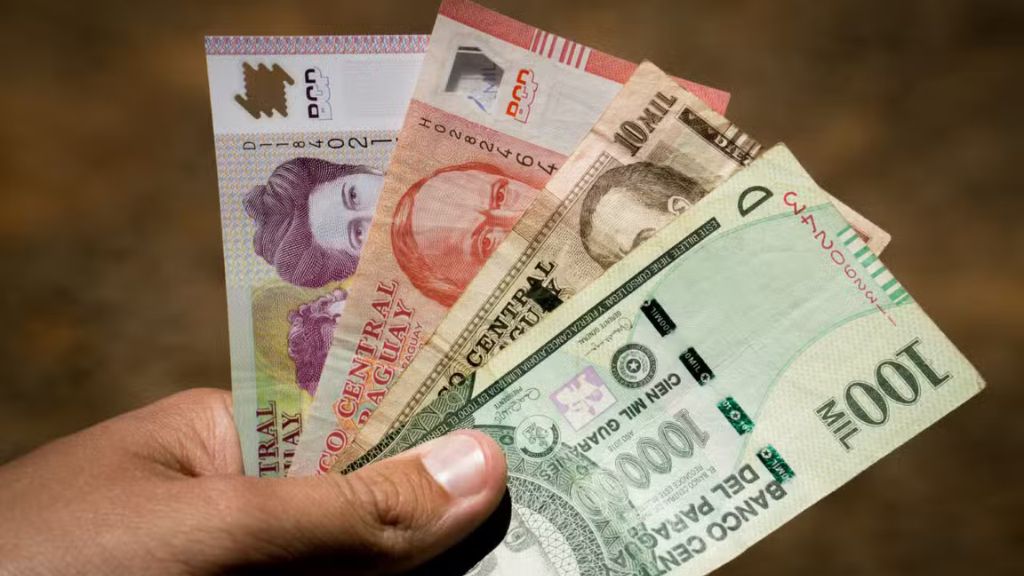
Paraguayan Guarani: A currency with low value due to the country’s economic condition and inflation. | Photo: Collected.
Because of Paraguay’s economic problems, high inflation, unemployment, and corruption, the guarani, the country’s currency, has seen significant devaluations. At the moment, 66 Guarani is equivalent to one Bangladeshi Taka. Since the country’s economy is still heavily impacted by the previous economic crisis, Paraguay’s currency has not yet normalized in value.
10. Cambodian Riel
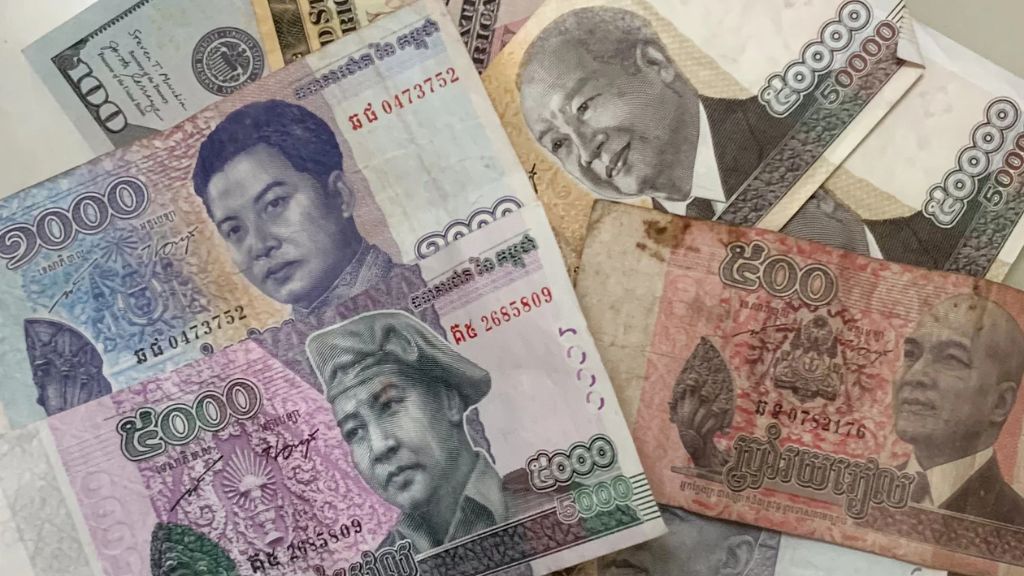
Cambodian Riel: The currency has a low value according to Cambodia’s economic reality. | Photo: Collected.
In the 1980s and 1990s, political turmoil in Cambodia caused public trust in the Cambodian Riel to wane. They consequently become more reliant on the US dollar. Financial transactions in Cambodia remain heavily reliant on the US dollar, despite recent efforts by the central bank to promote the usage and circulation of the Riel. One Bangladeshi taka is currently worth thirty-three Cambodian Riels.
Inflation, political unrest, economic hardship, corruption, and reliance on commodity exports have all contributed to the decline in the value of the currencies of many nations worldwide. Iran and Sierra Leone remain in trouble, but some nations, like Laos and Uganda, have experienced some improvement in their currencies. Nonetheless, there is room for economic expansion in nations with natural resources and those working toward political stability.
Note: If the value of the currency changes, it will be updated because it is dependent on the economic circumstances of other nations.

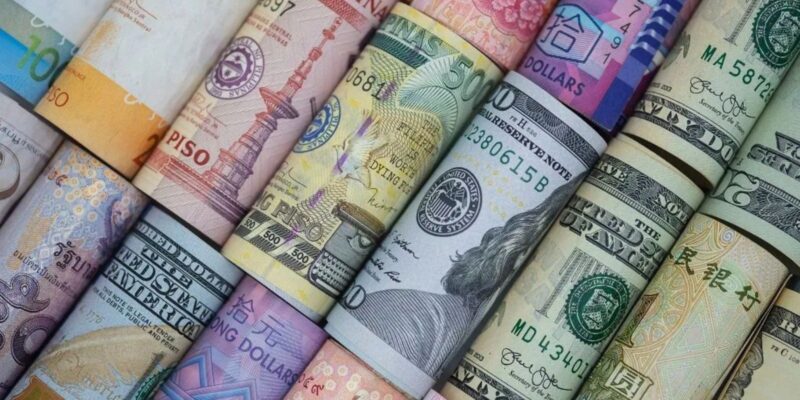
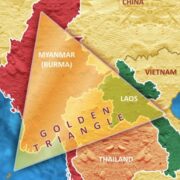





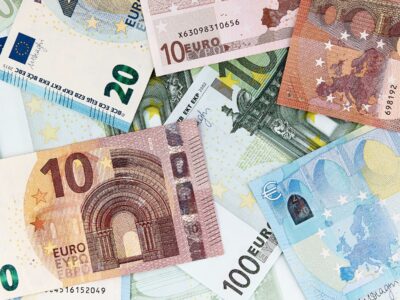
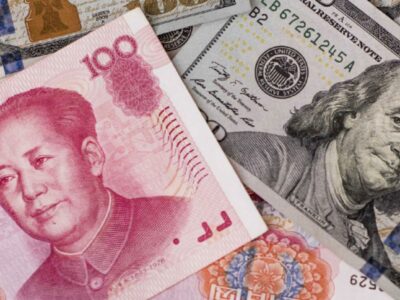
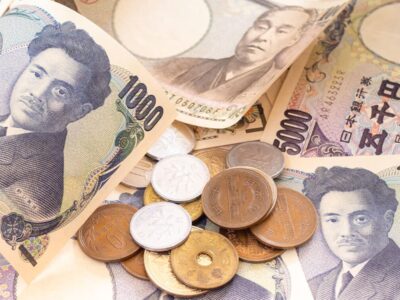
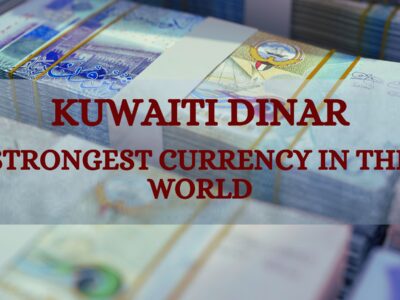
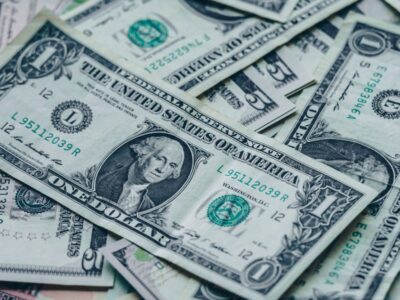
















Comments